
Synchrodogs ‘Back to Nature’, exhibition view, kim? Contemporary Art Centre 2017. Photo: Ansis Starks
The artistic duo Synchrodogs, whose exhibition Back to Nature was on view at kim? Contemporary Art Centre (until 9th July, 2017) in the frame of Riga Photomonth, are two Ukrainian-born artists Tania Shcheglova and Roman Noven. Referred to as the ‘Adam and Eve of the 21st century’, the exhibition annotation also describes their practice using terms and language like ‘subconscious’, ‘in between dream and wake’, ‘primordial and modern’, and the ‘contemporary nude’, which form an ideological constellation to interpret specific works. My aim is to follow trajectories cast by the rays of their faint heavenly bodies, whilst giving equal attention to the overshadowed parts which are not so well lit.
The first surprise yielded by the works is an overbearing presence of the more traditional artist-model relationship. Namely, in all their photographs the model (Tania) is female and naked, perhaps in line with more esteemed traditions of genre. Indeed, the nude became a form of art, historically and ideologically, developed predominantly as a depiction of the female nudity (and mainly to please or arouse male audiences (as certain radical feminist tropes would remark). Its development has been influenced by several factors, including heteronormative logic, definitions of femininity and masculinity, as well as various political and social aspects that determine access to resources (education, money, power etc.) for certain groups in society. These trends reverberate not only in art but also in popular culture, for example, in pornography and advertising, where the presence of a naked ‘babe’ helps sell anything from tyres to mineral water.
This (ostensibly) aesthetically safe but ideologically dubious path has also been chosen by Synchrodogs, further imploring the following question: do both artists succeed at critically reworking the tradition of the nude in their photographs, or are the formal and ideological drives still the same as they have always been, only embellished with Swarovski spangles and other postmodern special effects on this occasion?
Searching for an answer, my gaze glides over the large-format photographs of rather ‘flat’, albeit remarkable, landscapes that serve as decorative backgrounds for the relatively tiny female figure which has been ‘thrown into’ various striking poses, sometimes reclining gracefully as Venus would do, and in awkward, incomprehensible positions at other times. What exactly she is doing there, other than posing for a photographer, is unclear. This could potentially be interpreted as the first departure from the aesthetic and ideological standards of the traditional nude, according to which the female body must be the embodiment of ‘unadulterated beauty’, as well as the source of titillation – within the ‘bounds of decency’. In relation to beauty and sensuality, these photographs certainly succeed in establishing a critical distance. Perhaps that is why they are so interesting to look at. The skinny, lanky body of the model functions more as a surface or support, akin to a manikin used for displaying clothes. Something is done with the body that highlights its decorative and functional aspect as it moves from one landscape to the next, bent in various angles, turned right or left. Plasters are attached to it, paint is applied; it is transformed into a pad or a shelf. In one instance, it is dressed in an exquisite costume, yet in another, replaced by a green patch resembling a fake lawn. This body is devoid of personality: childlike, defenceless, smoothly shaven and subservient. Granted no life of its own, it is neither serene nor ‘wild’ but ‘natural’, nonetheless. This anonymity equals that of bodies in fashion photography where the lack of expressiveness is compensated by bright rags and accessories.
One of the exhibited photographs forms a visual reference to Caspar David Friedrich’s Wanderer above the Sea of Fog, a widely-cited work in contemporary culture, which embodies ideas characteristic to romanticism: the mightiness of nature, incompleteness of rational mind, and the role of emotions and intuition in shaping human understanding. Through the practice of writing down their dreams, similar presumptions feature in the work of Synchrodogs. A different question arises: what is ‘irrational, wild and primordial’ in the 21st century? In their paraphrasing of Caspar David Friedrich’s work, Synchrodogs have successfully replaced the man in coat with a naked woman, ‘planted’ inside the picturesque landscape to combine two inseparable notions – woman and nature. Could this be the ‘back to nature’ scenario as pronounced by the exhibition’s title?
The return to nature is impossible mainly for two reasons. Firstly, humans cannot ‘walk away’ from nature as such, thus any talk of return becomes meaningless. Secondly, but from another standpoint, nature does not exist. Both the ‘landscape’ and ‘nakedness’, especially that of a woman, are cultural categories that are as ideologically loaded as a heavily burdened apple tree in autumn. In the 21st century, all that is left of the Garden of Eden, as stated in the exhibition annotation, is Eve, born not out of Adam’s rib (according to at least one version of the creation story) but from the aesthetic canon of the advertising and fashion industries, eclectically supplemented with the heritage of romanticism and surrealist art. In the 21st century Adam is present as the masculine gaze behind the lens, which (perhaps anachronically) creates context for the female nude while striving to retain balance on the drifting sand of a fading tradition. It is harder, therefore, to imagine a more artificial, more construed ‘return to nature’, but perhaps that was the intention of both artists?

Synchrodogs ‘Back to Nature’, exhibition view, kim? Contemporary Art Centre 2017. Photo: Ansis Starks
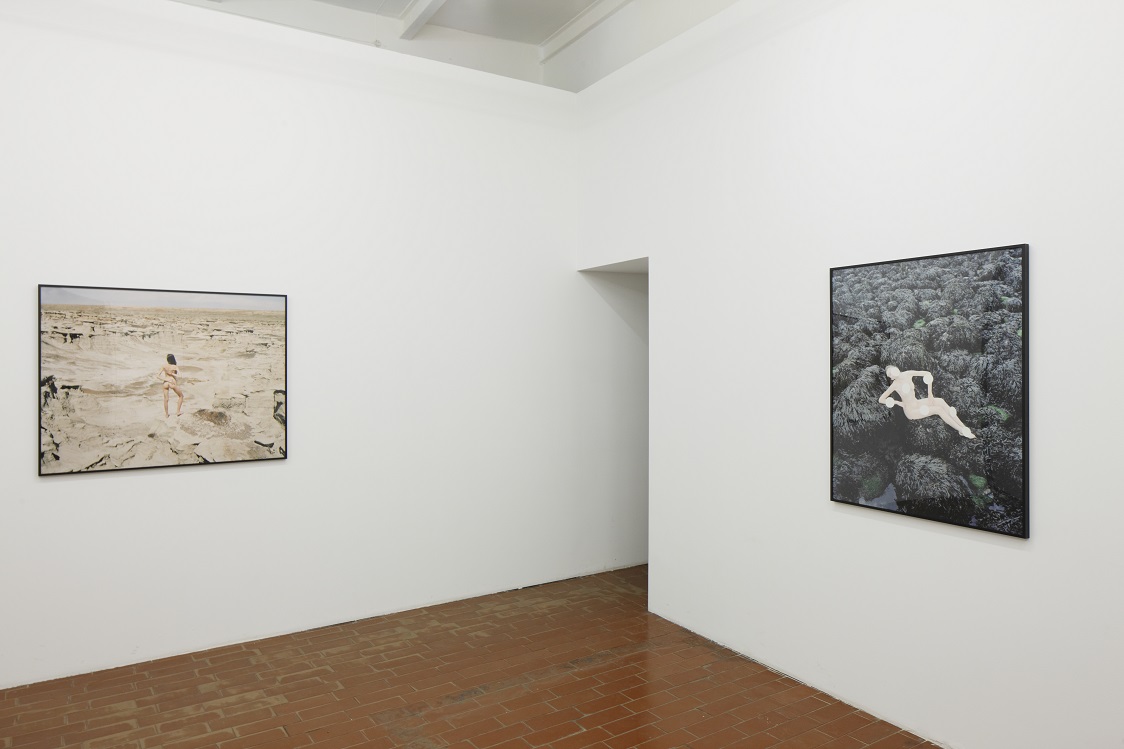
Synchrodogs ‘Back to Nature’, exhibition view, kim? Contemporary Art Centre 2017. Photo: Ansis Starks
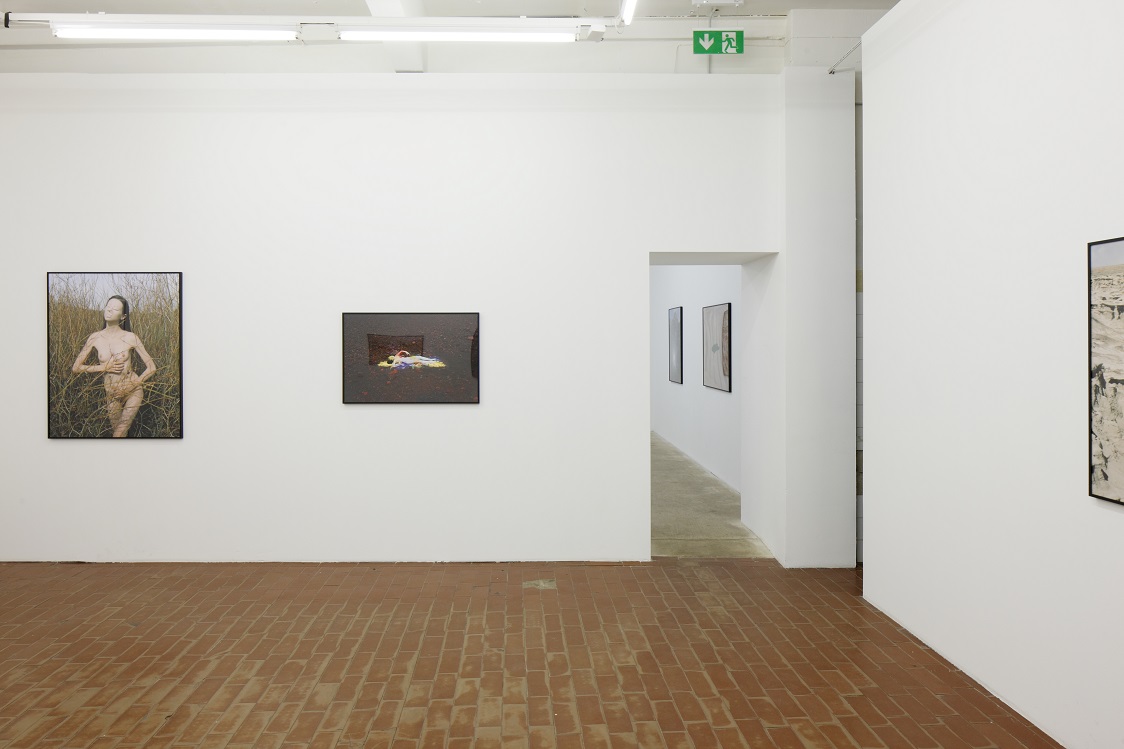
Synchrodogs ‘Back to Nature’, exhibition view, kim? Contemporary Art Centre 2017. Photo: Ansis Starks
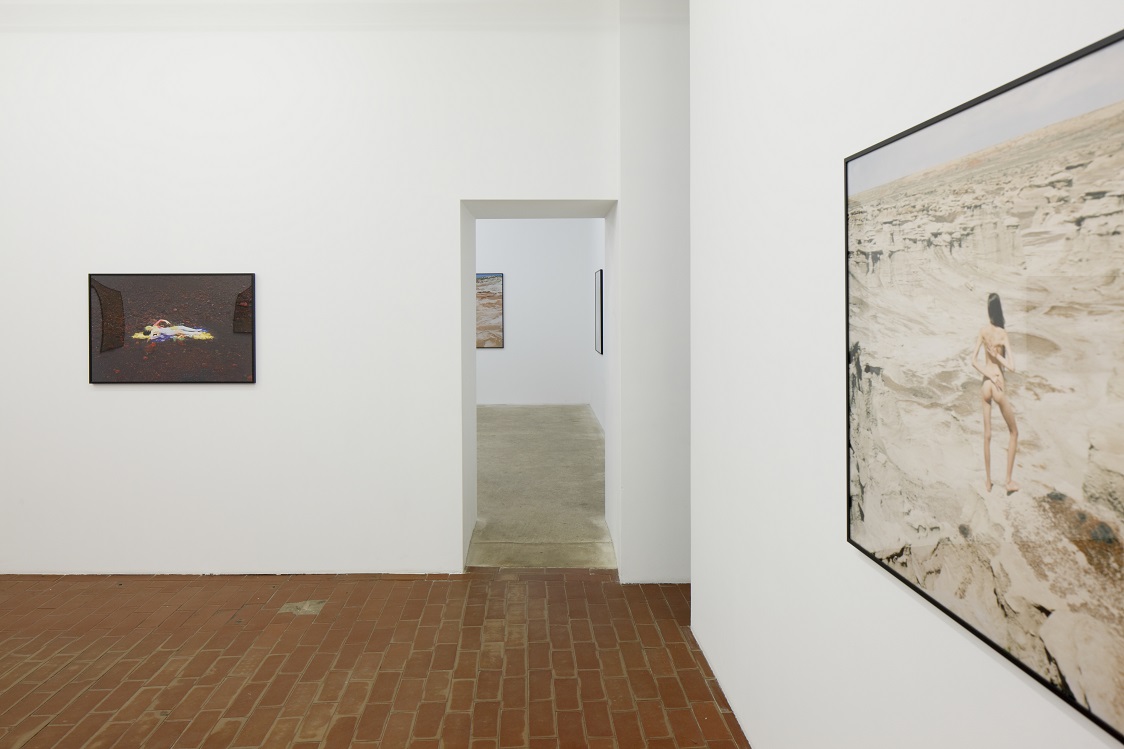
Synchrodogs ‘Back to Nature’, exhibition view, kim? Contemporary Art Centre 2017. Photo: Ansis Starks
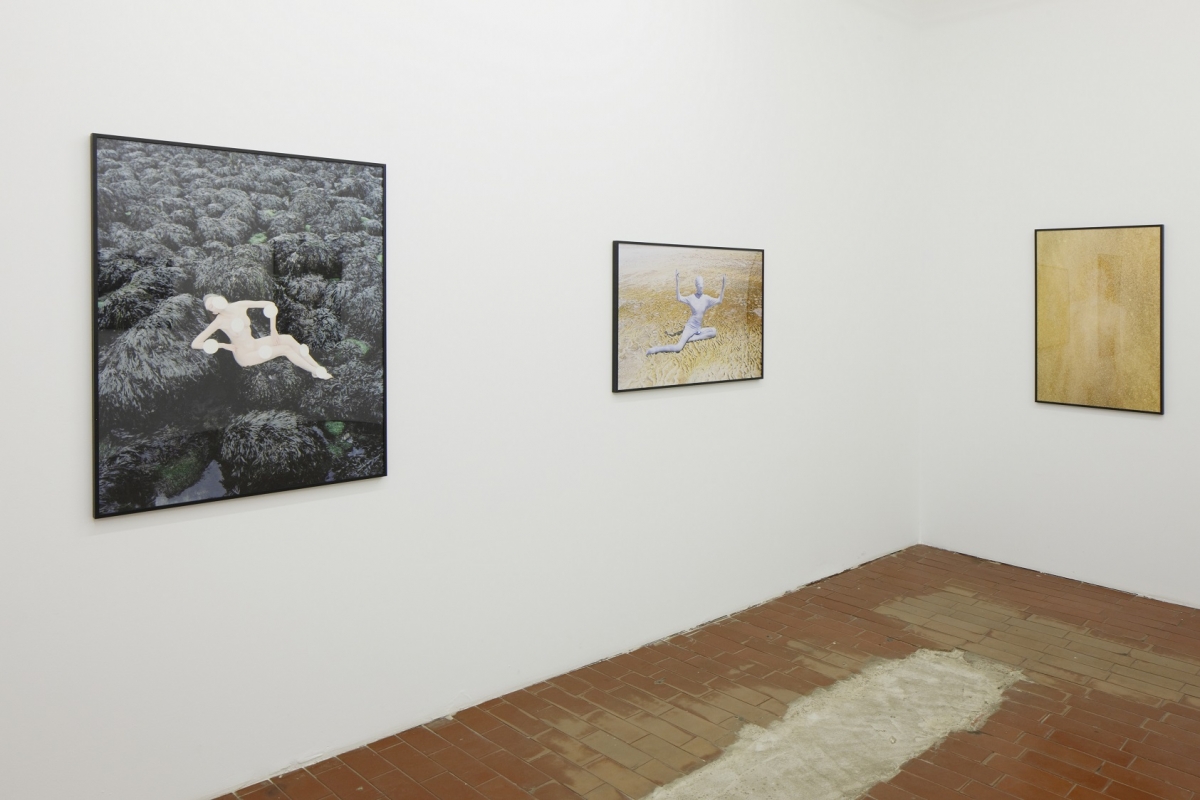
Synchrodogs ‘Back to Nature’, exhibition view, kim? Contemporary Art Centre 2017. Photo: Ansis Starks

Synchrodogs ‘Back to Nature’, exhibition view, kim? Contemporary Art Centre 2017. Photo: Ansis Starks
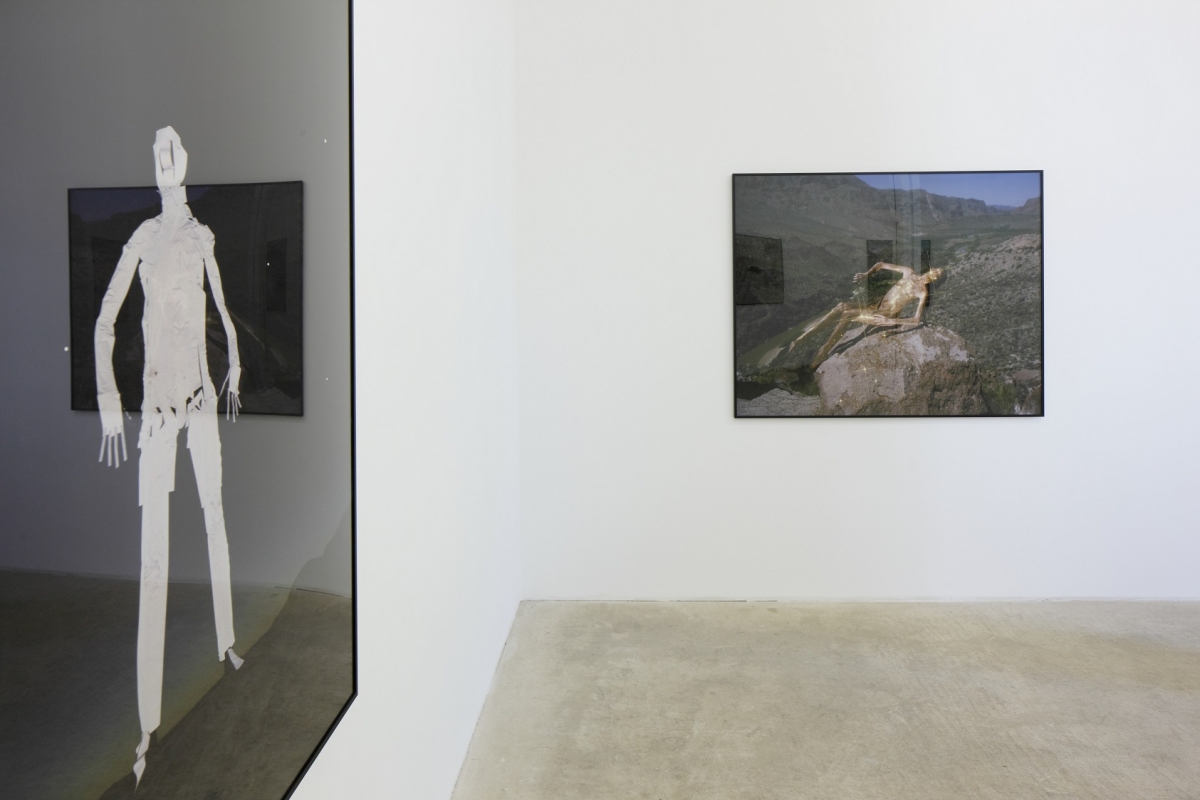
Synchrodogs ‘Back to Nature’, exhibition view, kim? Contemporary Art Centre 2017. Photo: Ansis Starks

Synchrodogs ‘Back to Nature’, exhibition view, kim? Contemporary Art Centre 2017. Photo: Ansis Starks
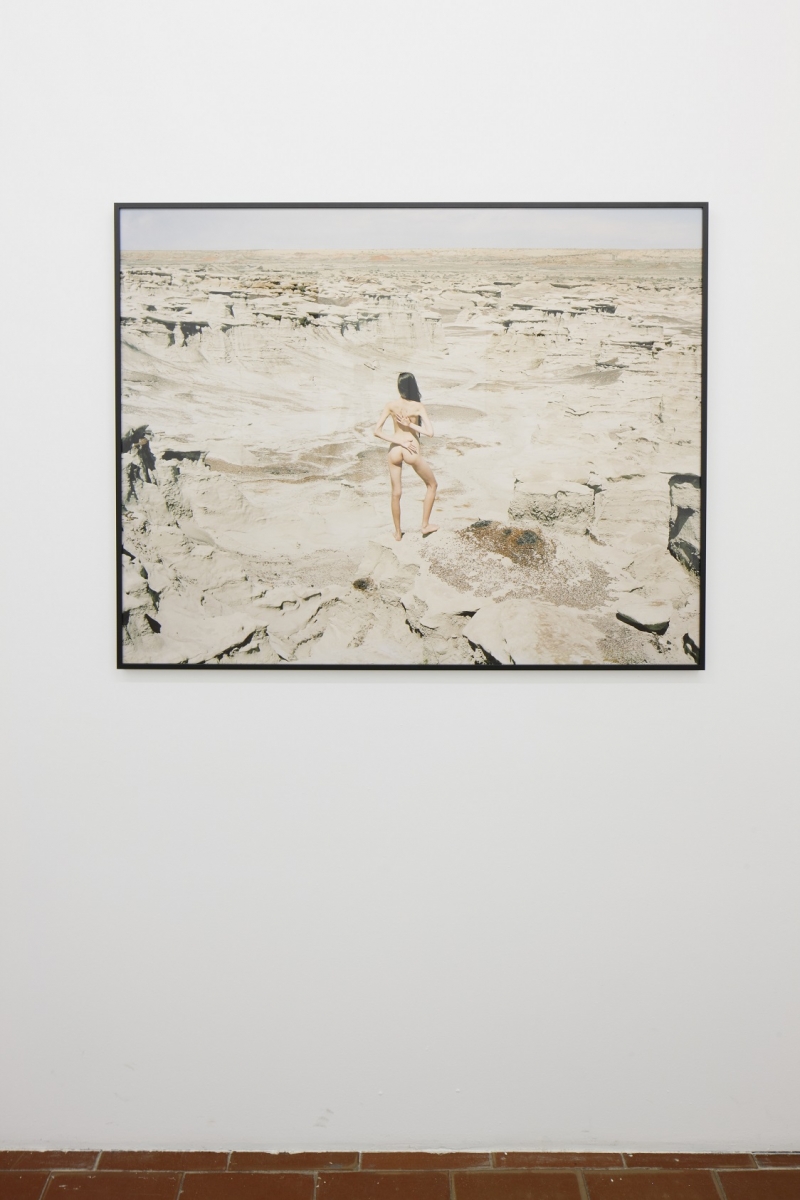
Synchrodogs ‘Back to Nature’, exhibition view, kim? Contemporary Art Centre 2017. Photo: Ansis Starks






























